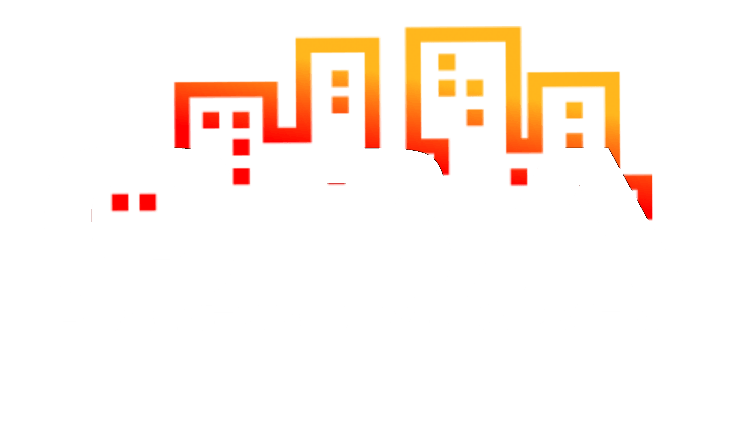Every business venture needs a roadmap. Most entrepreneurs know what they want to do, but some have a problem putting their ideas into writing.
The business plan is a way to get those ideas out of your head and onto paper.
A well-crafted business plan is the foundation upon which successful businesses are built. It not only serves as a guide for you the entrepreneur but acts as a powerful tool to attract investors, lenders, and other stakeholders.
A business plan should not just go on a shelf. Instead, it should be periodically reviewed and updated as the business grows.
Getting Started
First, conduct primary market research before starting on a business plan. Getting feedback is helpful to understand how well your product/service will be received.
Asking carefully crafted customer discovery questions before solidifying an idea helps fine-tune your concept. There is no sense in writing a business plan based on a misguided idea.
No matter which business plan outline you follow, the key points are similar. The Arkansas Small Business and Technology Development Center offers a “To the Point” business plan format that helps zero in on what is important.
When writing your business plan, keep the reader in mind. Avoid redundancies, excessive wordiness, and idealistic views that cannot be backed by research or financial data.
The Ingredients of a Business Plan
By answering key questions in the To the Point Business Plan Outline, your can build a concise plan that addresses issues that interest lenders, investors, and stakeholders.
Summary
The summary is a snapshot of the business. Although it appears at the beginning, it’s often written last. This section provides a concise overview of the project, including:
The type of business
The business location
The names of the owners, their percentage of ownership, and the planned legal structure
The total cost to start/expand and uses of funds
How much money the owner(s) are contributing to the project
How much you want to borrow
Collateral being offered to secure the loan
Products/Services
This section should clearly articulate what the business offers, with details about:
What the business plans to sell
How/where the business will sell those products/services (online, storefront, customer location, etc.)
The pricing structure and how prices were determined. Cost vs. selling price should be included to illustrate the expected gross profit margin.
The problem or need the product/service is solving
Market
Without customers, there is no business. You should be able to envision the perfect customer.
Many new business owners believe that everyone will want their product. The reality is that most products/services mainly attract a certain type of customer based on demographics, behaviors, and preferences.
The business plan should clearly identify:
The target customer. If there is more than one target customer (such as consumers and businesses both), relevant target customer segments along with demographics/firmographics should be identified.
The trade areaDetail where customers are located, based on how far they (or business employees) are willing to drive. For e-commerce businesses, the area that is planned for advertising campaigns should be identified.
The number of potential/target customers in the trade area.
The competition. The writer should investigate competitors thoroughly enough to know where they are located, what they charge, what they do the same/differently. The plan should include the top two or three head-to-head competitors and include any relevant indirect competition.
What sets this business apart and answers the question, “Why would someone buy from this business instead of from the competition?”
How the business will market their product/service. A detailed list and budget for each marketing strategy should be included.
The Industry
Knowing the industry you are entering is crucial when starting a new business. Understanding profit drivers, business cycles, and the overall health of the industry is important. The plan should include:
Trends and issues facing the industry as a whole
The major problems the industry faces
Opportunities that exist in the industry
Growth forecast for that particular industry
Organization and Management
Investors invest in people as much as they invest in ideas. This section reassures stakeholders that there is a team in place capable of steering the business toward success. Discuss:
The owner’s role in the business operations
The number of employees required, their basic job functions, and their wages
Business hours and other operational issues
How and when customers pay
Vendors and their terms
The expertise, skills, and contributions the owner brings to the business
Budget
This section should present realistic and well-researched financial projections for a three-year period. Include projected income statements, balance sheets, and cash flow forecasts.
Any costs discussed in the prior sections should be included. Know the business’s break-even numbers and capacity to service debt. Compare the profit projections to industry benchmark reports and discuss discrepancies.
The plan should also include assumptions made in the projections, such as:
How monthly sales projections were determined
How monthly expense projections were determined
Factors that are expected to influence the budget and cash flow
Supporting Documents
Each owner should be prepared to provide supporting documents for lenders and investors, such as:
A personal financial statement
A resume
Price quotes or estimates for any planned large purchase
Personal (and business, if applicable) tax returns
Historical financial statements, if applicable
A well-prepared business plan is an indispensable tool for entrepreneurs navigating the complex landscape of business. It not only serves as a guide for internal decision-making but also as a persuasive document that can attract the support and investment needed to turn a vision into reality.
If you are writing a business plan, take the time to carefully craft each section and reach out to your local ASBTDC for assistance with market research, financial analysis, and anything else needed to create a realistic plan for your new endeavor.
The post Crafting a Winning Business Plan first appeared on Arkansas Small Business and Technology Development Center.

